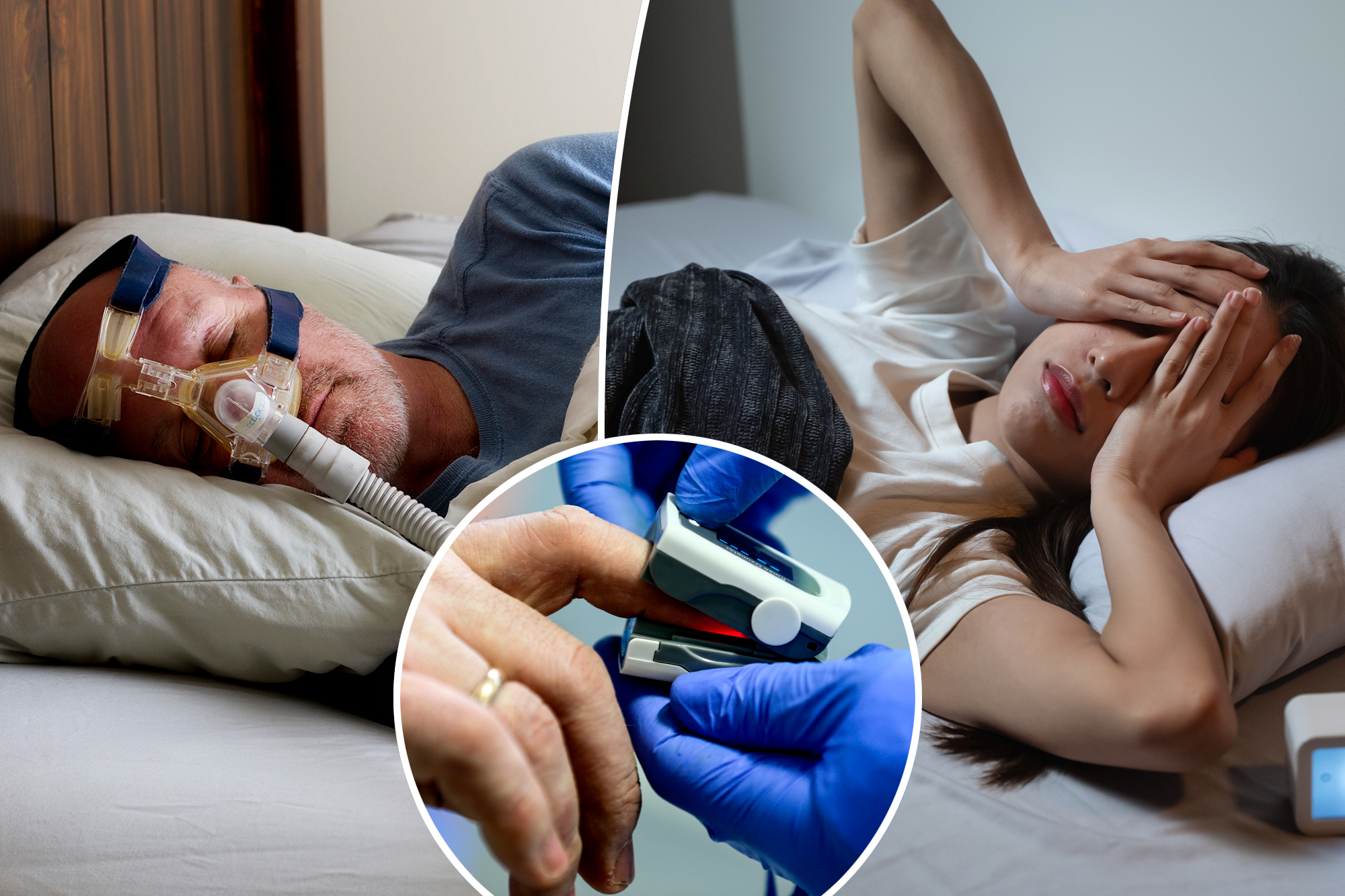
People suffering from sleep issues can be able to rest more easily thanks to a new wearing device that can revolutionize the way we get our eyes.
Discovered at the international conference of the Thoracic Society of America, the device is a ring -shaped pulse oximeter that seems to be effective in monitoring obstructive sleep apnea and other common sleeping problems with regard to sleep.
Unlike traditional polysomnography tests, which require overnight stays in wire -and -numerous sleep laboratories, this wearing device allows for easy home use during elongated periods.
It relates to a smartphone app, providing both patients and health care providers with access to sleep data.
“This offers the opportunity for joint decision -making between the patient and the provider using digital medicine,” said Ketan Mehta, the head of the product and engineering for linked dresses in Apnimed, in a press release.
In a clinical test, patients were intended to wear the device for nine nights over a 47-day period.
However, 85% of participants used it beyond the recommended length of time, with a patient worn for 44 nights.
“A sleep specialist even reported that it may be better to collect one or two data channels over 25 nights than 25 channels during a night, which is considered the golden standard with laboratory polysomnography,” Mehta said.
While appliances known as Apple Watch and Ring Oura have introduced features of the discovery of sleep apnea, they have not yet been cleaned for medical use.
However, this new apparatus device is approved by FDA-exceeding the gap between heavy clinical equipment and less reliable consumer clothing.
The introduction of this device coincides with a broader trend of developing comfortable solutions, home for sleep monitoring.
At the beginning of this year, researchers at the University of Cambridge presented “smart pajamas” capable of discovering sleep disorders – including apnea – with 98.6% accuracy.
“Poor sleep has great effects on our physical and mental health, which is why proper sleep monitoring is essential,” said Luigi Occhipinti, a professor at the University of Cambridge who led the study.
But polysomnography, “the current gold standard for sleep monitoring,” said Occhipinti, “is expensive, complicated and is not suitable for long -term home use.”
Sleep apnea is a common sleep disorder, where breathing constantly stops and begins during sleep, often due to a blocked airway or poor brain signaling.
If left untreated, it can lead to serious health risks, including high blood pressure, heart disease, stroke, diabetes and daytime fatigue, which increases the chance of accidents.
#wearing #device #treat #usual #sleep #problem
Image Source : nypost.com